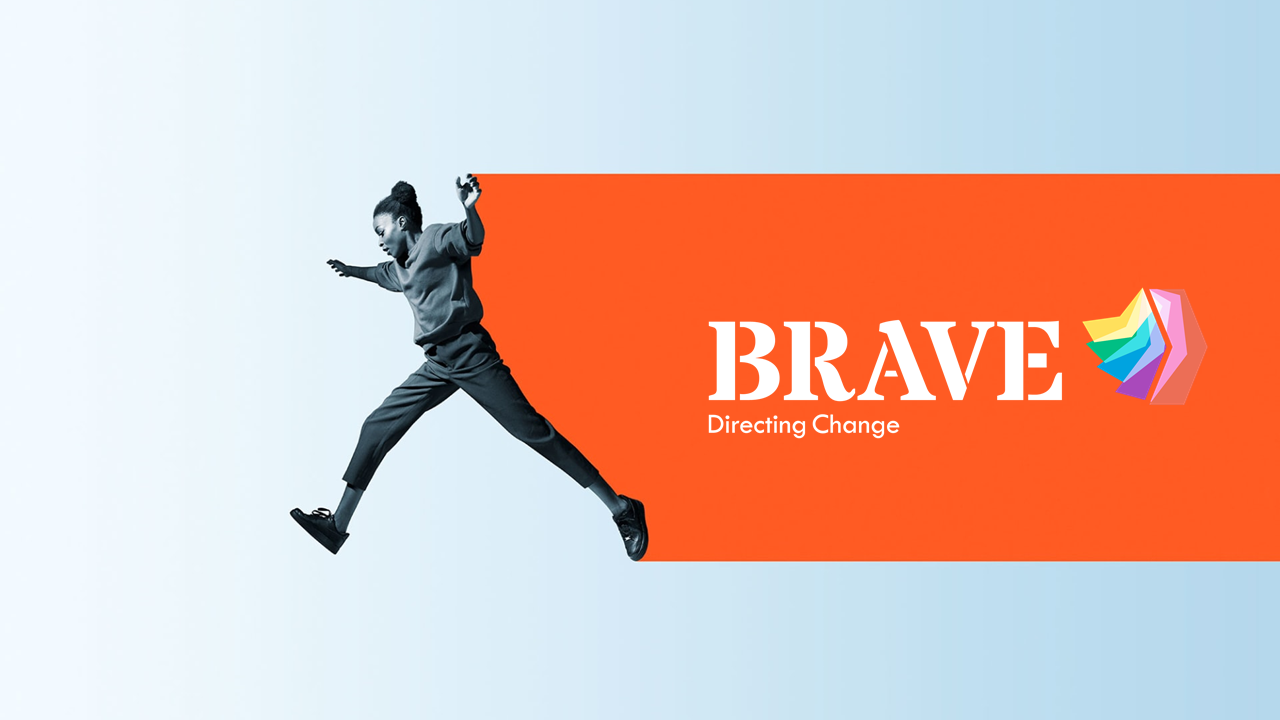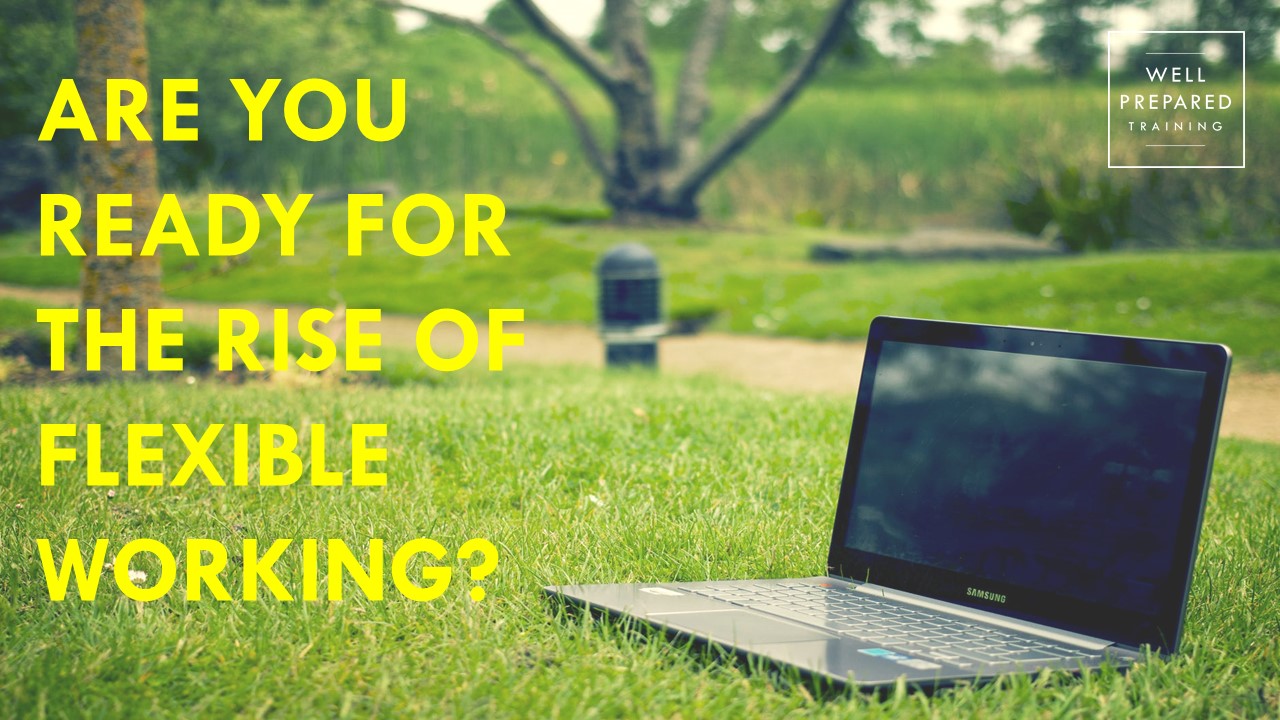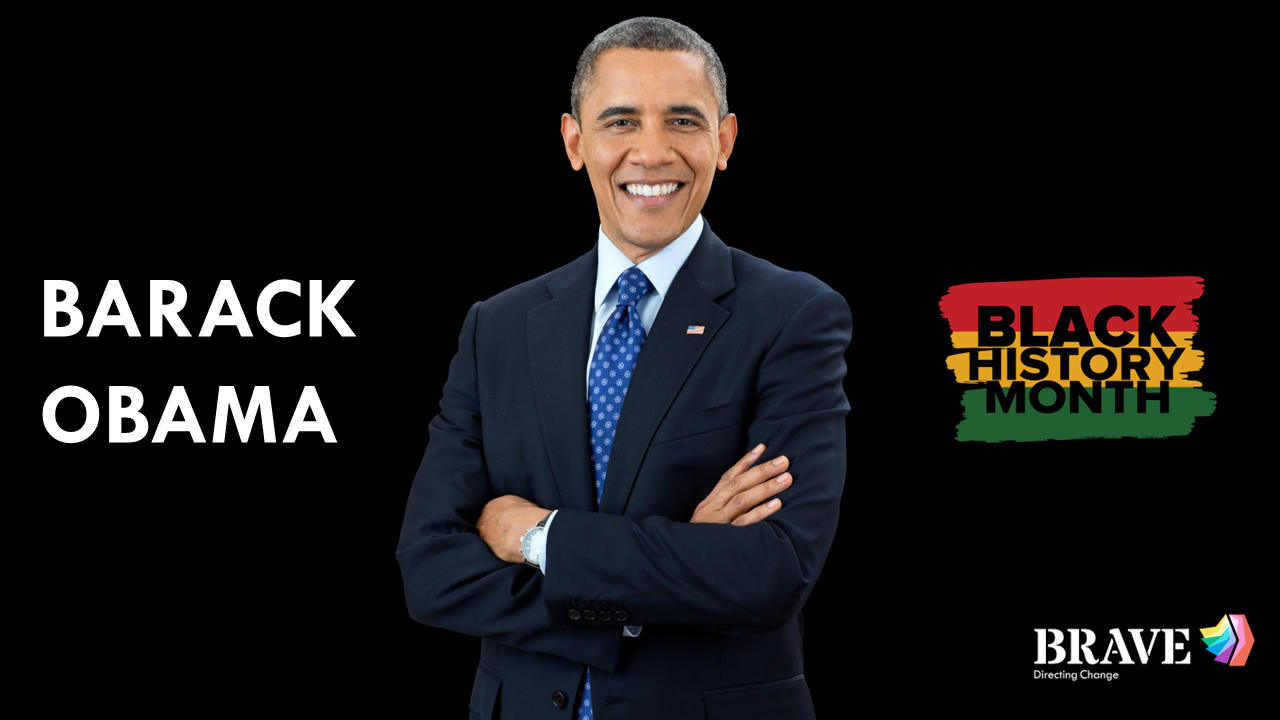What do people say about you, when you’re not in the room?
Jeff Bezos asked that question along with this statement “a brand for a company is like a reputation for a person, you earn reputation by trying to do the hard things well”
If you consider his own mammoth all-encompassing brand, Amazon, most of us have a strong opinion and thoughts about what it is, what it does and how positive (or negative) we feel when we think about it. That’s the power of a brand like Amazon.
So, what about you? What do people say about you when you’re not around? How does what you do impact on others to leave a positive lasting impression?
That’s where your personal brand comes into play.
We’re not saying you create something new or pick and choose the attributes you want and market a whole new persona. We’re talking about the truth, the real you, and learning to market what you have so that people know what they get when they deal with you. A little bit like Ronseal (you get what it says on the tin).
Today, it is easier than ever for people to get information on you to help them decide what your brand is. Your CV and the job you do is already a great start, but social media allows insights into the real (well as real as social media can be) versions of you as well.
An example of how social media can drive a brand into success. Kylie Jenner. Yes, she had a fame kick start with the Kardashians, but she used her social media to drive her cosmetics empire to create a beauty brand that’s worth over 400 million dollars in a little over 18 months whilst longstanding brands in the USA are still trailing behind here.
How? It’s mainly due to the fact she created a brand, and that her brand power, with many millions of fans following across her channels, allowed her to make people buy into the make-up she sold, but more importantly, into brand Kylie. Now recognised by Forbes as one of the youngest self-made billionaires – she clearly did something right. Love or loathe her brand – it’s working for her.
We offer Build your Personal Brand courses in a variety of formats, from those just starting their career journeys right the way through to senior execs that want to make sure their brand is matching what they stand for. You can get in touch with us to talk about this here.
We thought we’d share some simple tips with you about what it means to us.
What is a personal brand these days anyway?
Your brand is your reputation, just like Jeff Bezos told us, but it’s something which you build continuously through your actions, behaviours, values, interactions and the way you tell your story to those around you. This is that ‘feeling’ we started this article with.
What, if anything, would people say when you’re not in the room. Is it – fantastic person, brilliant energy, gets things done? Or is it, great person, sometimes delivers, can take too long to get back to you? We are all in control of what image someone has of us.
Guess what, the more they know about you, and your journey or story, the more likely they will see the real you and be able to tell a better narrative. There’s a moral in there somewhere about the power of building genuine trusted relationships.
Does everyone have to be ‘brand focused’?
In business, brand is so important, and as the world gets smaller, we tend to know more about our work colleagues and clients than ever before. So yes, branding is important. It’s what makes you select a certain product in the supermarket (or online if you have already abandoned real life food shopping). Clients pick you because of your brand, not the brand you work for, but the brand you offer them in the way you deliver it.
Your brand is what makes you stand out from the crowd, so they choose you over anyone else.
How do I get started?
There are 4 things we’d suggest considering.
- Consider your values – do you know what the core principles that drive everything you do are?
- What are you really really good at?
- How do you work? What makes you stand out?
- Consider booking yourself or your team onto a Building My Personal Brand course.
The We Are BRAVE Training Team










